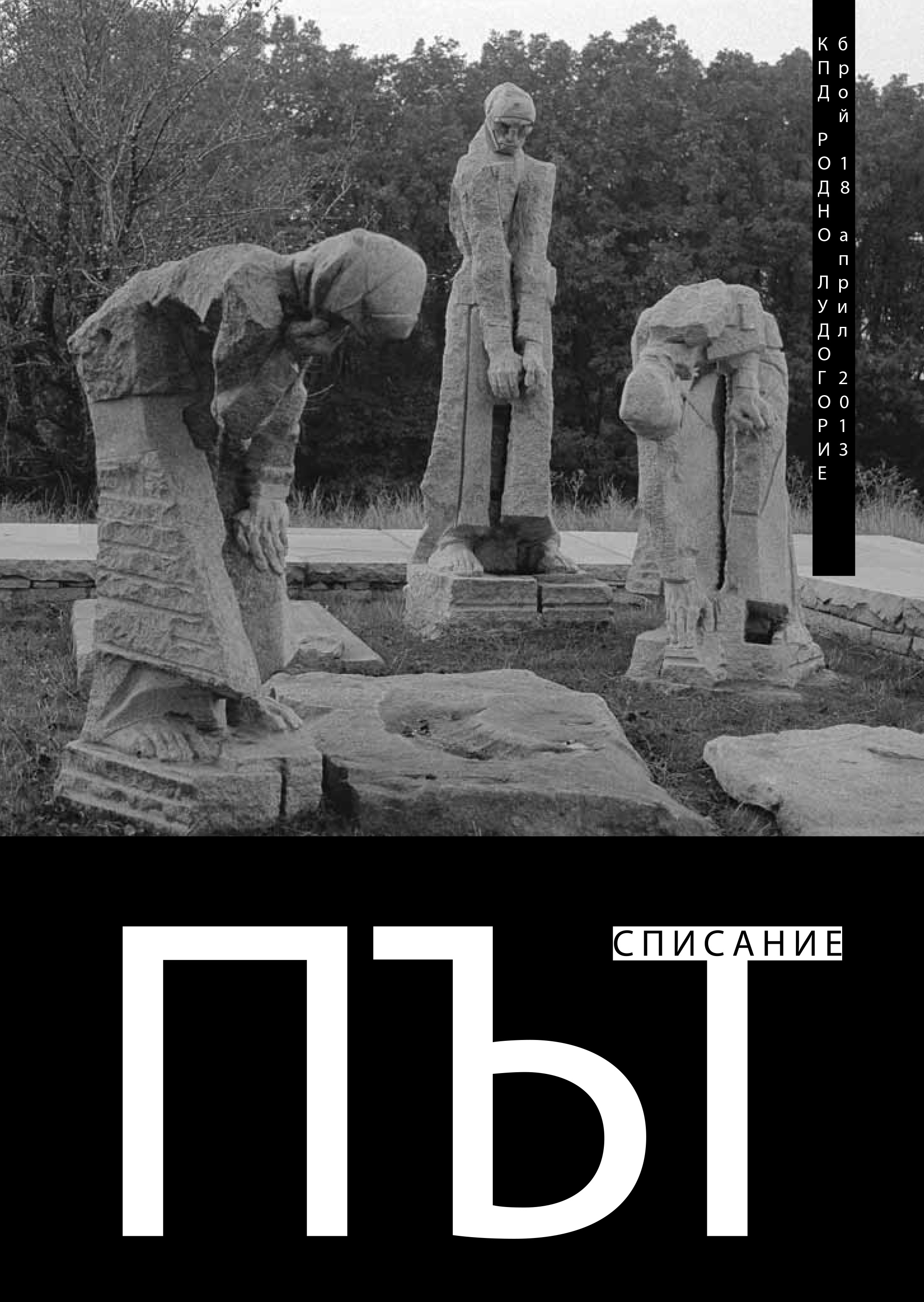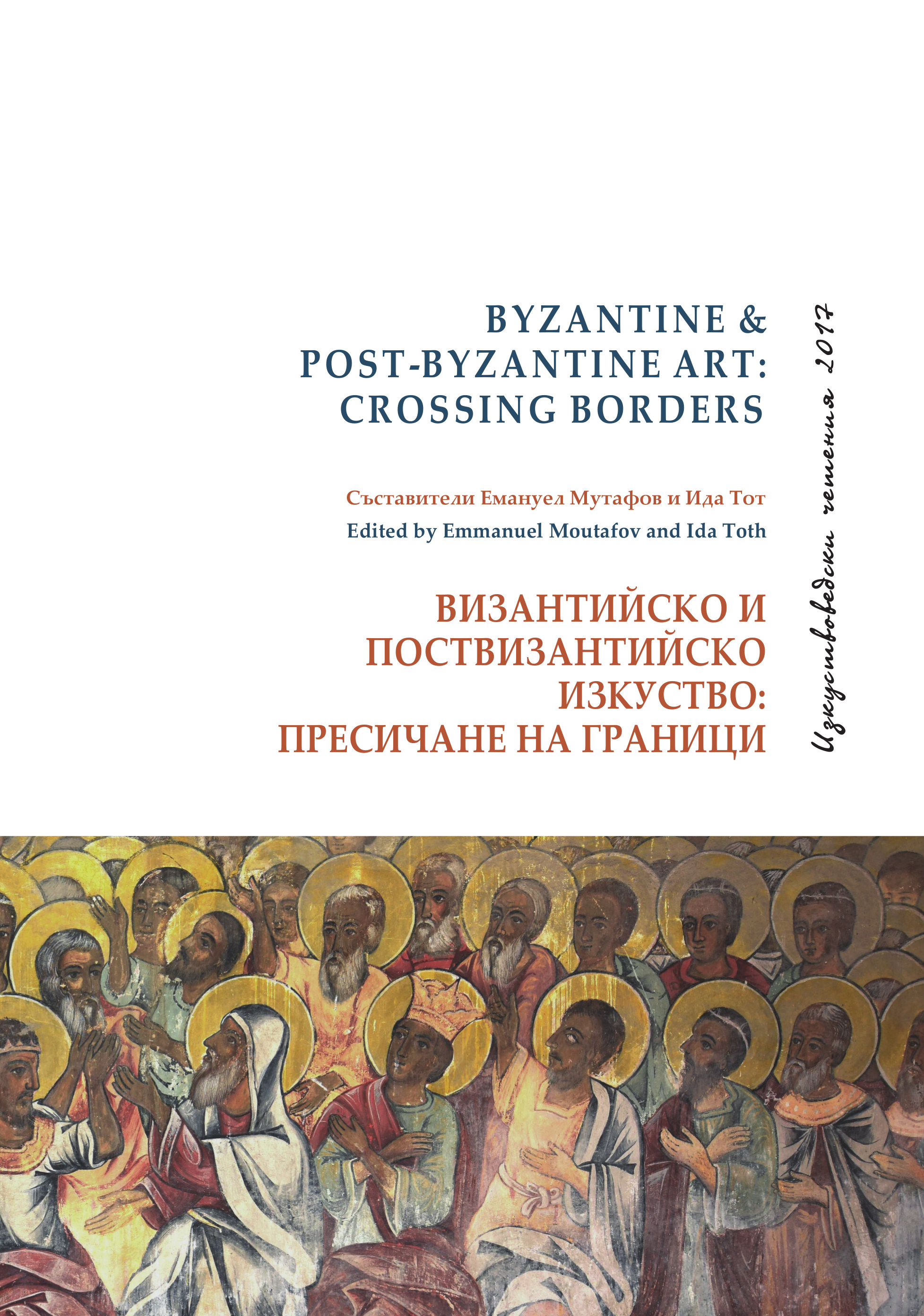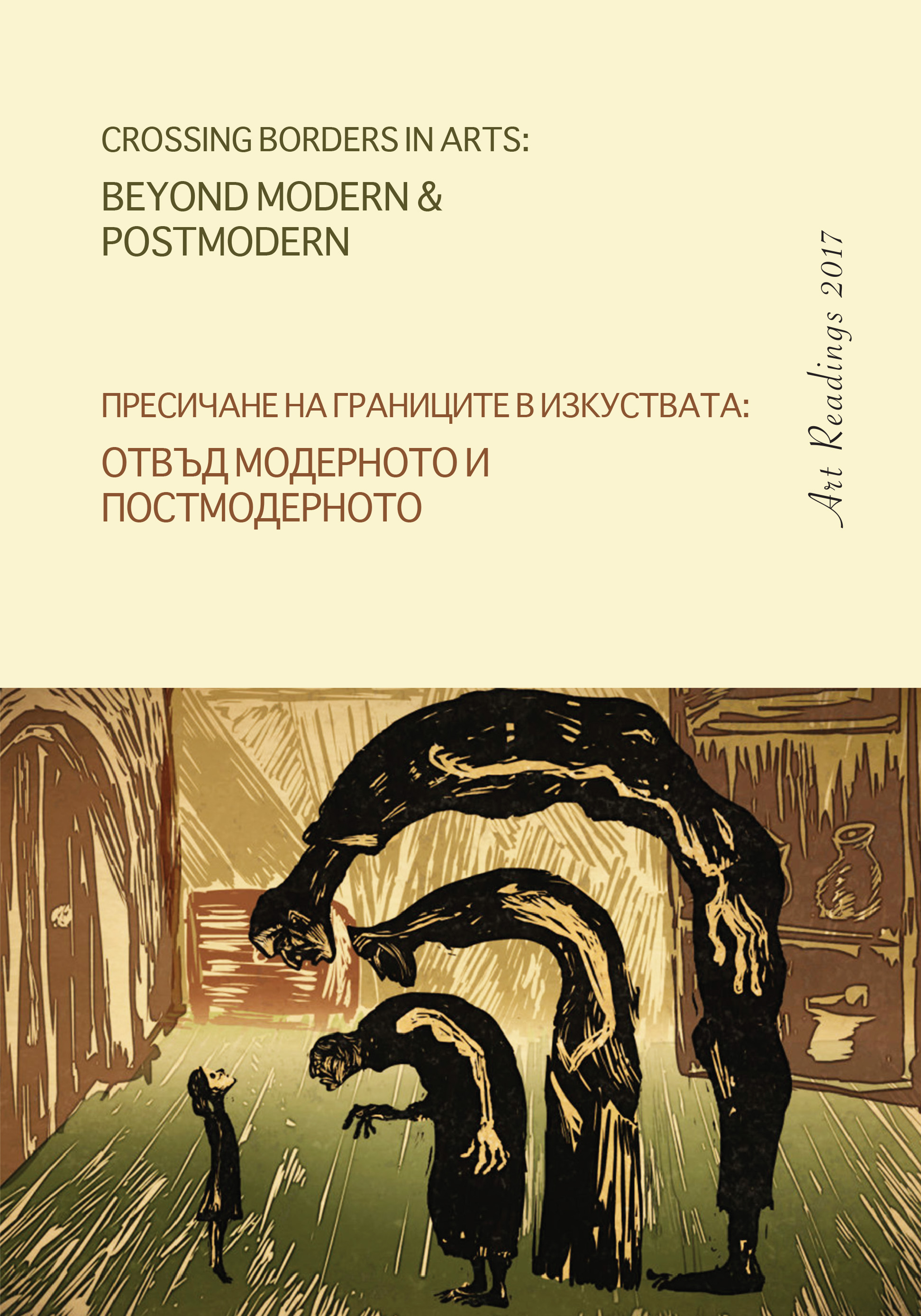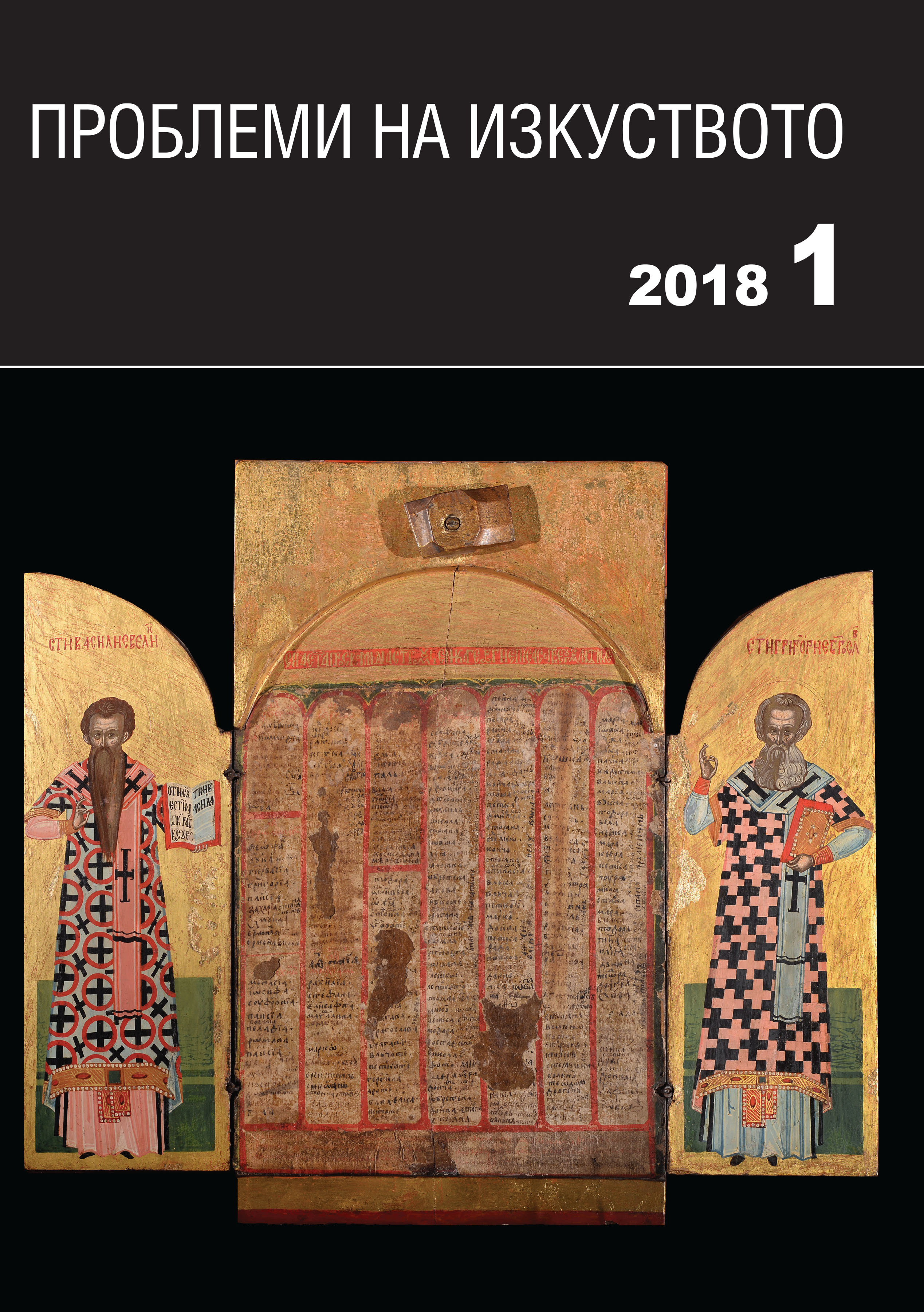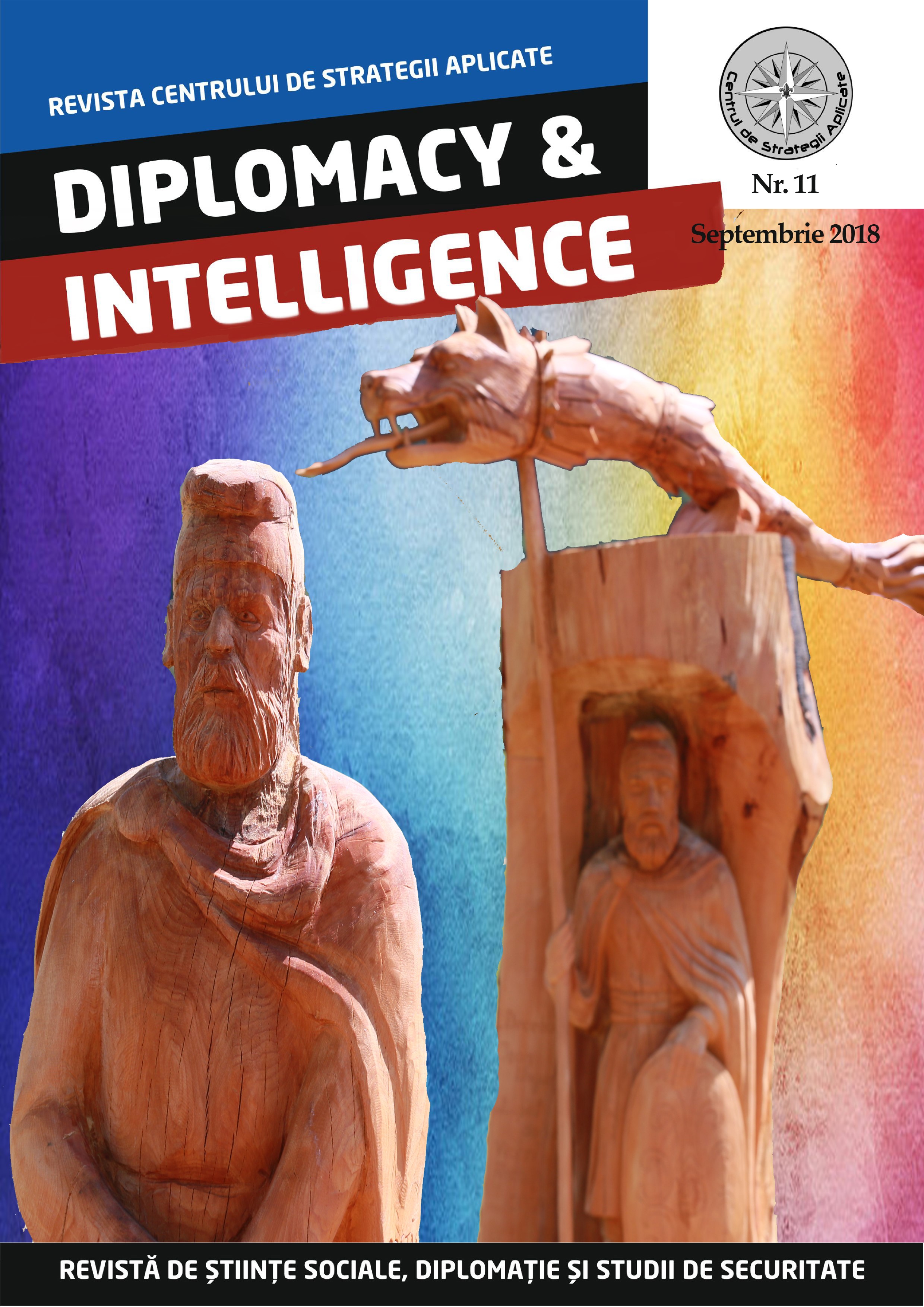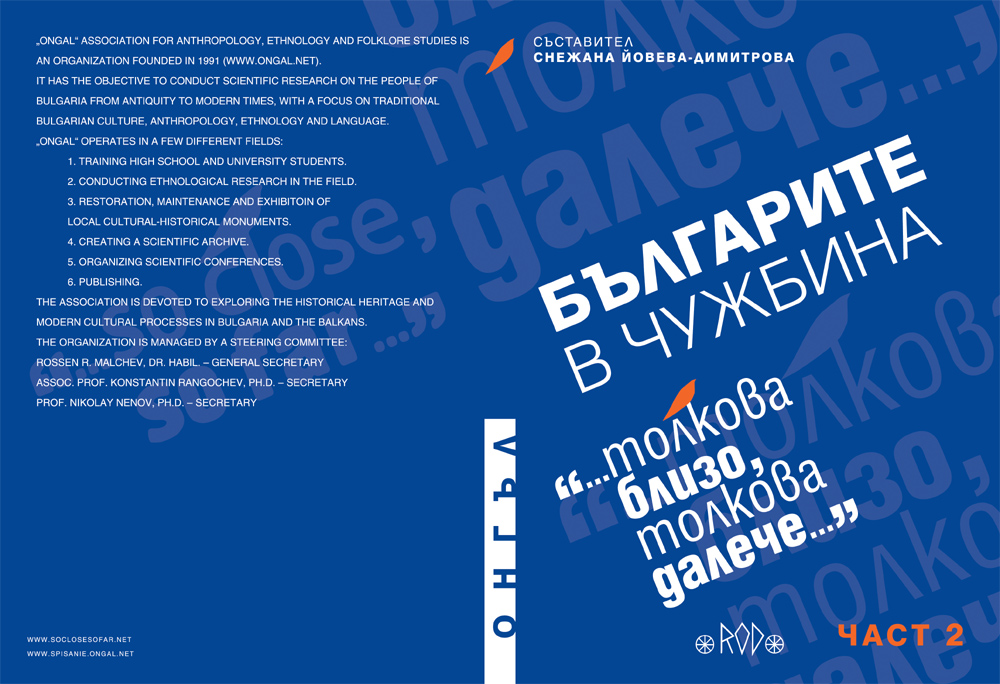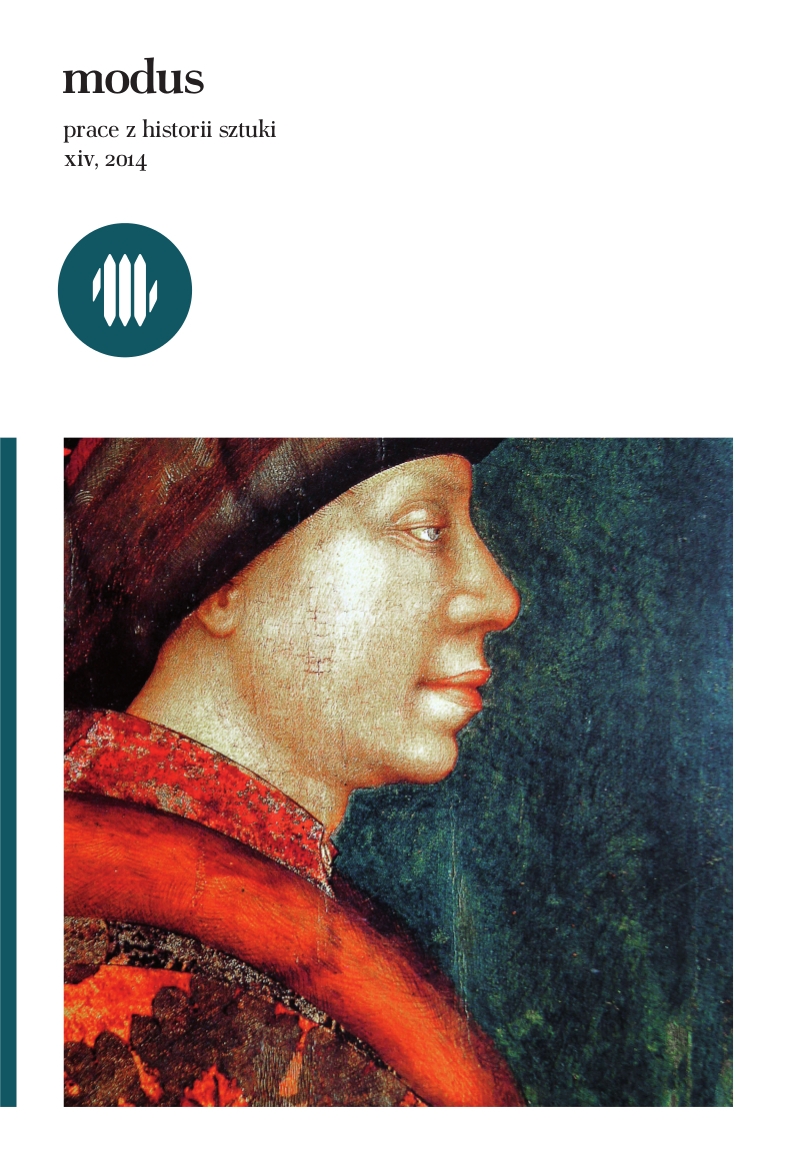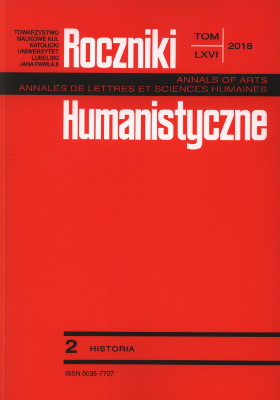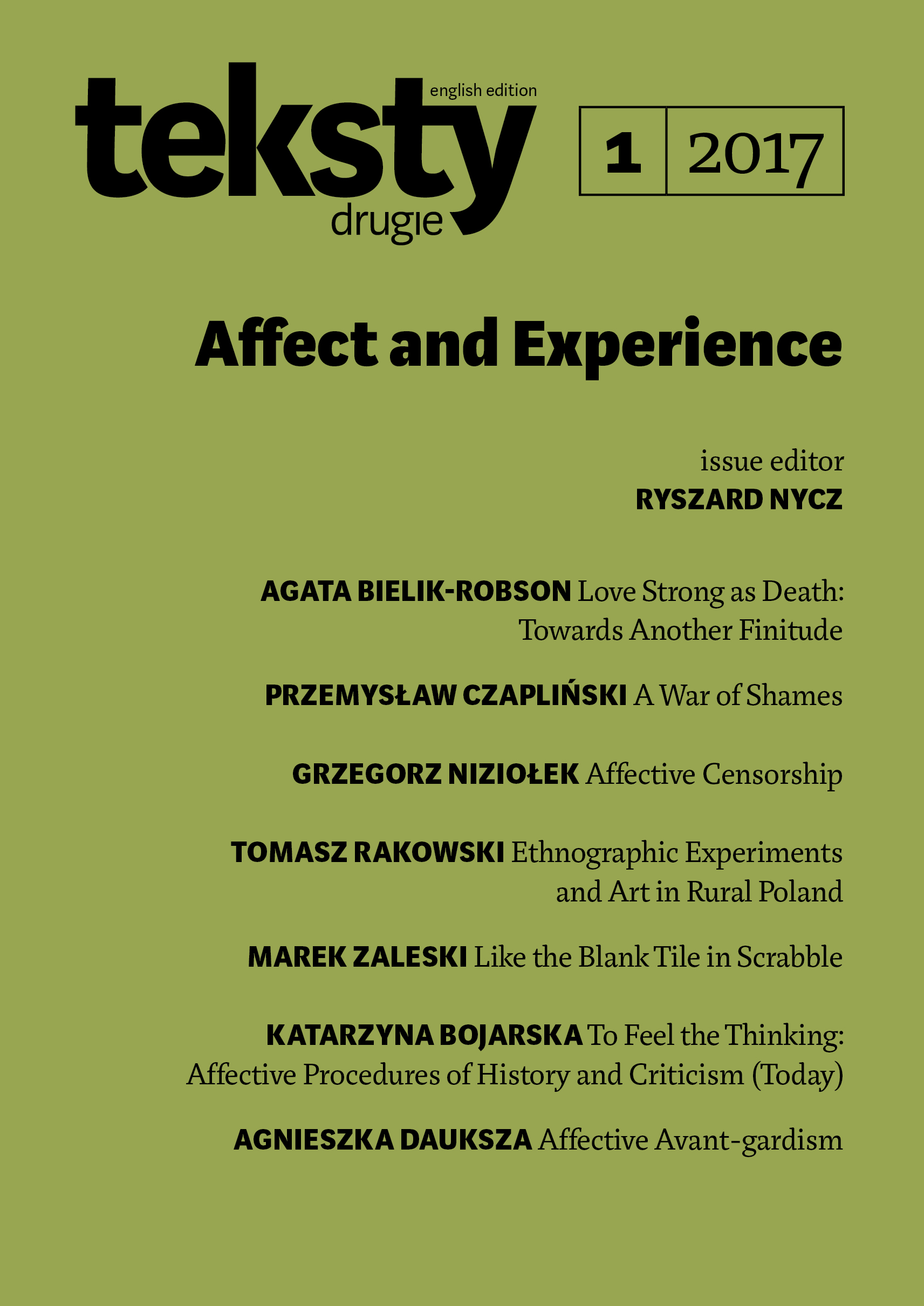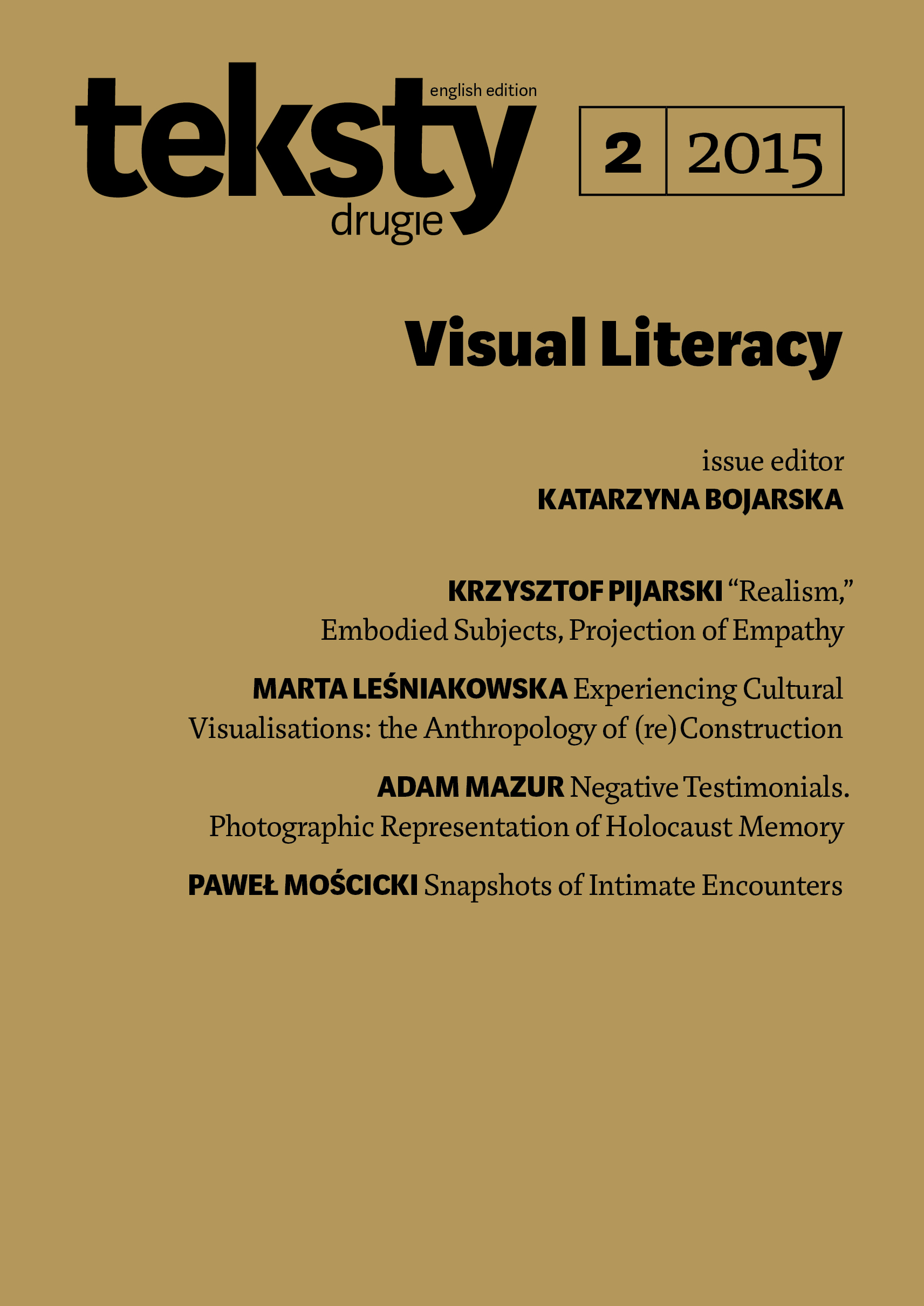Author(s): Margarita Kujumdjieva / Language(s): Bulgarian
Issue: 1/2018
The present text is an attempt to outline different aspects of several more general problems concerning the process of creating paintings in this historic age with its technological and above all social dimensions. What do we know about the way the painters in the Balkans worked, how did they get their knowledge, and how they have perfected their skills, how well their work has been valued and what was their status in society? We still have few answers to these questions as historians, but they consistently captivate specialists interested in Orthodox art. In this article some of these questions are revisited, and the scarce data from the material preserved in Bulgaria is supplemented with what is known as a result of the study of Orthodox art from 15-17th c. in the Balkans. The study comments on the term „zograf” in Cyrillic written sources, remark on the importance of the painters and the character of their work in the Byzantine era, summarizing data known from the previous publications on the subject. The main part of the article is devoted to the period 15-17 c. The attention is paid to statistics such as the approximate number of known names of masters in the Balkans based on the preserved icons and frescoes signed. These examples are many times more than those in the previous era, yet, the icon-painters of the Balkans continued to show their humility and piousness, adding to their names words like „sinful”, „unworthy”, or „servant of God”. The text examines what is known about the organization of the work process and the training of icon-painters in the late Middle Ages. It is underlined that, unlike the large number of documents in the state archives in Dubrovnik and Venice, as well as the rich written sources from Russia, we have scarce written information on the subject in the Balkans. We acquire data mainly from donors’ inscriptions preserved in frescoes and icons, invocation or other type of inscriptions, and in rare cases from notes in manuscripts, in beadrolls, or from epistolary or travel literature of the period. Some historical and cultural conditions in the Balkans are commented, which resulted in certain specifics, such as people identifying themselves in confessional rather than in ethnic terms, as well as the great mobility of the icon-painters, the work in teams, sometimes ofmixed origin – Greek and Slavonic, and frequent proficiency in several languages. During this period, many of the icon-painters are representatives of the lower levels of the church hierarchy, which suggests that they are distinguished from the illiterate and uneducated population. In rare cases, besides icon-painters, they are also man of letters, and the best masters have been able to make icons and frescoes, and at the same time to transcribe and decorate books. The text remarks on some other specifics of painters’ work: the dependence on seasons and climate conditions, the preservation of the practice to pass the craftsmanship on to a close family circle. In addition, some technical and technological features in the execution of muralsare discussed, as well asthe use of preliminary drawings, models and painters’ manuals and the formation of the painters’ iconographic repertoire. In conclusion, the text draws attention to the state of the material preserved in Bulgaria and in particular to the problem of the attribution of a large number of wall paintings, icons and woodcarved items to St. Pimen of Zograf in previous studies, which is not sustainable due to the lack of facts and serious scientific arguments on the matter.
More...
